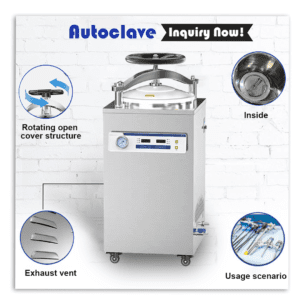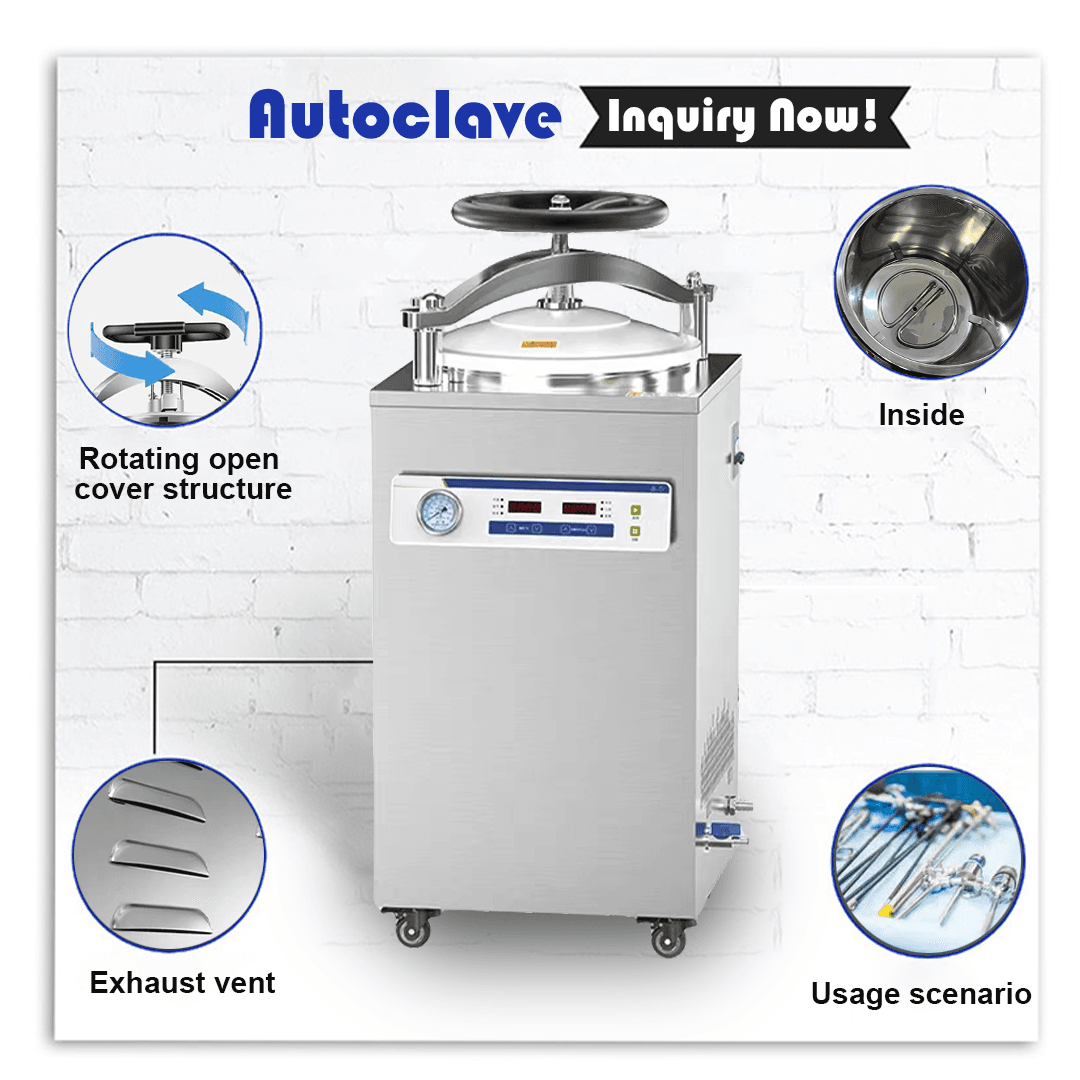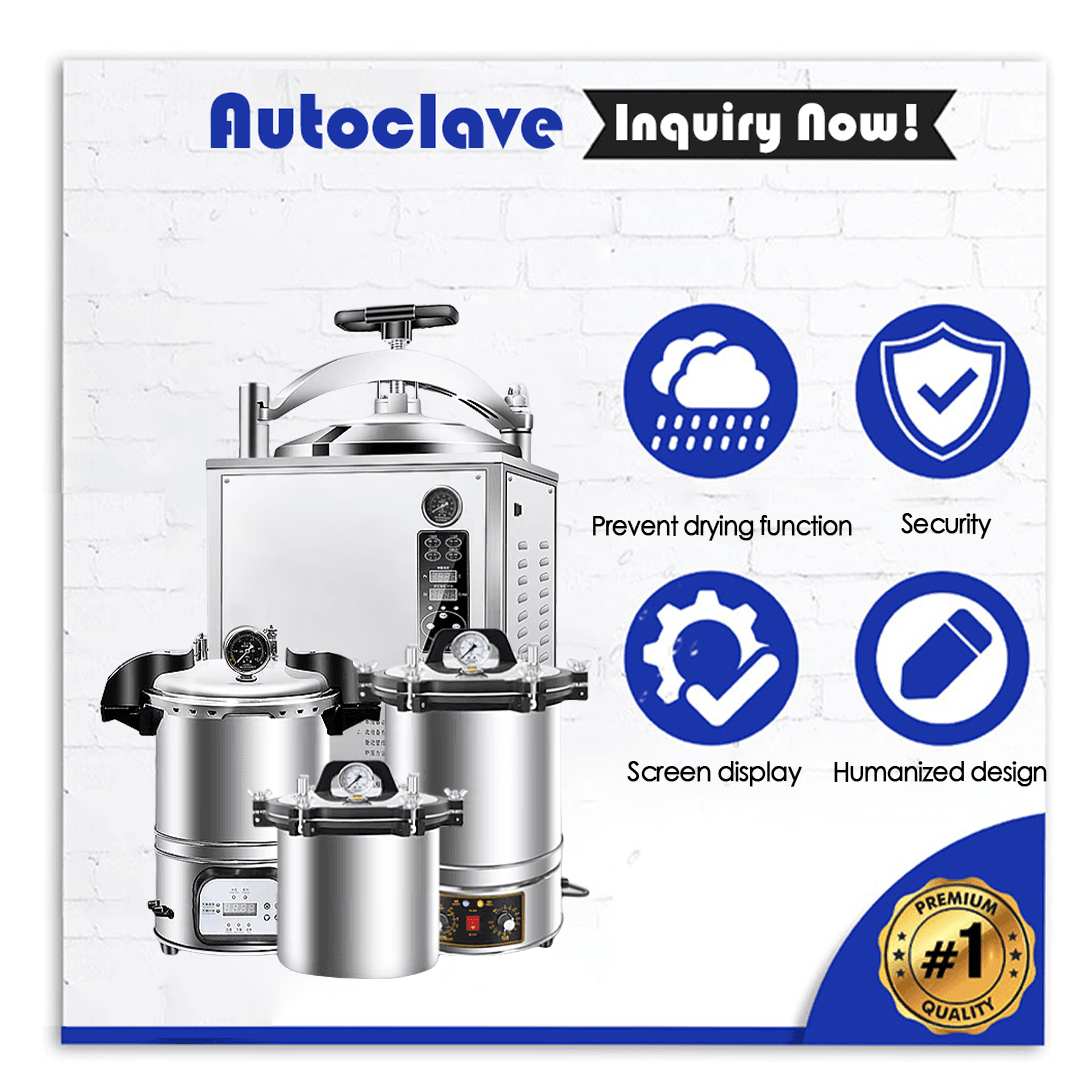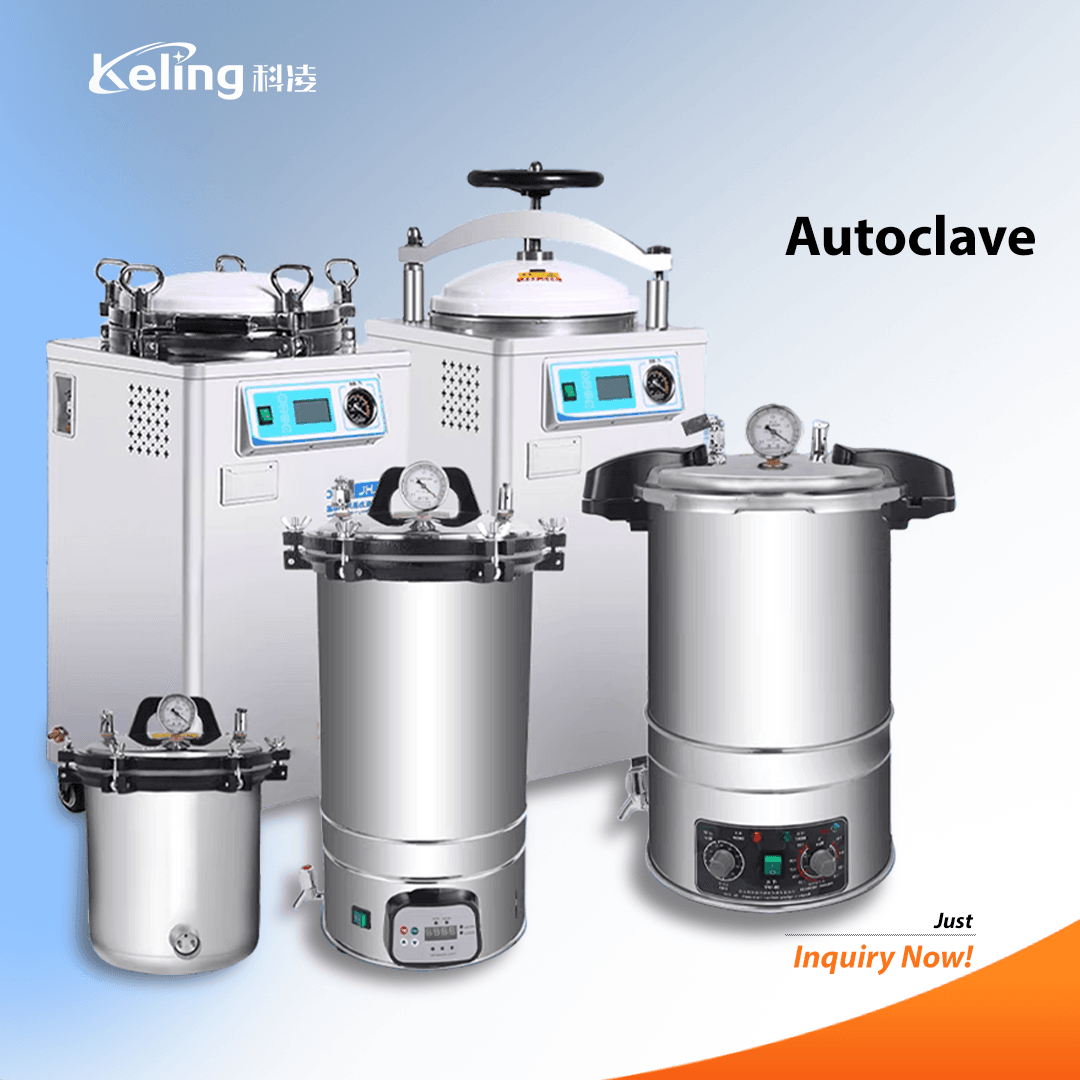
Medical equipment distributors, resellers and procurement specialists who understand proper maintenance procedures can educate their clients to maximize their investment returns.
Our guide provides insights into veterinary autoclave maintenance by discussing daily and periodic tasks while identifying professional servicing needs and offering tips to extend device lifespan.
Regular upkeep of your veterinary autoclave is essential to maintain its performance and ensure it operates safely while lasting longer.
Autoclaves that are not properly maintained can fail to sterilize instruments fully which creates infection risks for both animals and staff.
Regular maintenance catches small issues early to prevent major problems which reduces repair or replacement costs.
Autoclaves that receive proper maintenance operate for extended periods which results in better investment returns alongside reduced operational interruptions.
Veterinary clinics are required to follow rigorous cleanliness and sterilization protocols. Regular maintenance ensures compliance with these regulations.
Regular daily maintenance enables your veterinary autoclave to function properly and maintain peak performance.
It is necessary to clean the chamber after every operation to eliminate residue and stop buildup.
A soft cloth or sponge should be used to wipe down the interior.
Stay away from harsh cleaning agents as they have the potential to harm the chamber.
Carefully monitor zones that show a tendency to gather residue.
The sterilization process depends heavily on the presence of water.
Fill the water reservoir exclusively with clean distilled water.
Do not use tap water because it can cause mineral buildup that damages the system.
Examine the water tank for any indications of contamination.
The autoclave relies on its door seal (gasket) to maintain proper pressure while operating.
Inspect the door seal for any indications of cracks or tears and look for evidence of deterioration.
Use a damp cloth to remove any dirt or debris from the seal.
Regular maintenance activities address both deep cleaning requirements and inspection needs.
Gaskets and seals function as essential components for pressure retention.
Look for signs of damage or wear that could lead to leaks.
Change gaskets whenever necessary to maintain an effective seal.
Over time mineral deposits from water accumulate and degrade performance.
Apply a manufacturer-approved descaling solution to eliminate limescale buildup.
Conduct all procedures according to the instructions to prevent damage to the autoclave.
Regular cleaning of the chamber prevents residue accumulation and maintains optimal performance.
Take the trays and racks out of the autoclave and clean each one individually.
The chamber interior should be scrubbed with a non-abrasive cleaner.
The drain line functions to expel excess water and steam from the autoclave.
Check the drain line to identify any obstructions or blockages.
If necessary use clean water to clear the drain line.
Despite routine maintenance veterinary autoclaves still need professional servicing occasionally. Here are some signs to watch for:
If sterilization of tools fails to meet standards there might be problems with the heating element or pressure system of the autoclave or incorrect cycle settings.
Hissing or banging sounds from an autoclave might indicate an issue within the pressure system or its internal components.
Modern autoclaves use error codes to report malfunctions. The user manual contains important diagnostic information or professional assistance from a technician can help solve problems.
The presence of leaks near the door or from internal components indicates damaged seals or gaskets that need urgent repair.
The autoclave may require servicing to fix possible blockages or worn components if it heats up or cools down more slowly than normal.
Routine maintenance and proper care work to greatly increase autoclave longevity. Here are some additional tips:
Distilled water prevents mineral deposits from forming inside the machine which protects internal components and maintains efficiency.
Maintenance and operation procedures should always be followed according to the manufacturer’s instructions. Improper cleaning products or methods may lead to damage in your autoclave.
To maintain your autoclave in excellent condition you must schedule professional servicing even if routine maintenance is performed.
Train every staff member to operate and maintain the autoclave according to proper procedures. Incorrect operation of equipment leads to increased wear and tear.
Maintain an autoclave in a dry and clean space to protect it from rusting and environmental contamination.
To extend your veterinary autoclave’s lifespan and prevent expensive repairs you need to maintain its functionality for proper sterilization. Implementing daily and weekly maintenance tasks alongside monthly checks and quick issue resolution enables your autoclave to function effectively for many years.
Medical equipment distributors, resellers and procurement specialists can give better client support by understanding these maintenance suggestions.
If you’re looking for a reliable veterinary autoclave or need expert advice on maintenance, ケリング・メディカル is here to help. Contact us today to learn more about our products and services.
Daily cleaning is essential, with deeper cleaning and descaling recommended weekly or monthly, depending on usage.
Always use distilled water to prevent mineral buildup and maintain optimal performance.
Signs such as incomplete sterilization, unusual noises, error messages, or leaks indicate the need for professional servicing.
No, only use manufacturer-approved cleaning products to avoid damaging the autoclave.
With proper care and maintenance, a high-quality veterinary autoclave can last 10 years or more.
電子メール: inquiry@shkeling.com
WhatsApp: クリックしてチャット
ウェブサイト: https://autoclaveequipment.com/
Let us help you maintain and extend the lifespan of your veterinary autoclave!

無菌状態は、医療規制基準を満たしながら患者を保護するために、歯科診療所の基本であり続けています。歯科医院は、危険な微生物を根絶する器具や機器の滅菌にオートクレーブを使用しています。

歯科用器具や器材の無菌状態を維持することは、患者を保護し、衛生基準を遵守するために依然として不可欠です。歯科用滅菌器は、歯科用器具や器材から危険な微生物を除去するために不可欠な機器です。

歯科医療分野では、患者の安全を確保し、医療規制の基準を満たすために無菌環境が必要です。歯科用オートクレーブは、歯科器具に付着した有害な微生物を破壊する滅菌専用機として機能します。

無菌環境を維持することは、医療や製造業などにおける安全性と規制遵守のために不可欠です。工業用オートクレーブは、高圧蒸気を利用した高度な滅菌システムです。

医療分野では、何よりも効率的な滅菌方法が求められます。大型オートクレーブは、危険な微生物を除去することで、医療器具や機器の無菌性を維持します。これらの装置は、大量の